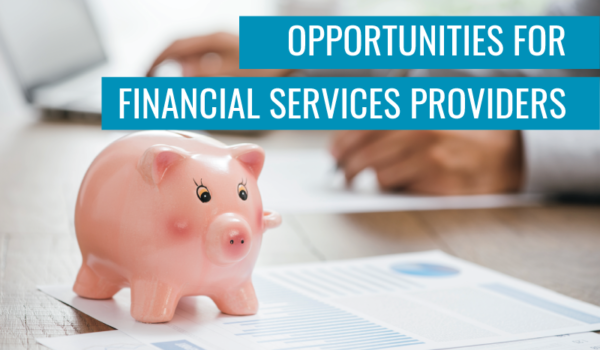Financial services will have an important role to play as the country heads outdoors again and assesses how to move forward. This is especially true for consumers, who have experienced (and continue to experience) a spectrum of setbacks during this pandemic.
Here we take a look at what consumers are prioritizing and how financial services providers can offer solutions that meet their unique needs.
In terms of the messaging that will resonate most when acquiring new customers, stressing security over price and value is very important. That’s not a big surprise when you consider the anxiety that is circulating right now as about one-third of people report some income loss this past month.
The Primary Messaging That Financial Services Providers Need to Consider
| Stress Security | Security ranks above value and price when consumers are asked to rank the most important factors in choosing a financial services company |
| Customer Service | This was the only other factor to receive a vote in more than one-third of customers. While “cancel culture” receives a lot of media attention, the reality is that only 11% of consumers ranked “brand values” as a top reason to align with a company. |
| Ease | The primary reason people demonstrate “loyalty” is simply because it’s hard to switch banks. That’s not real loyalty. |
That being said, trust is a baseline. Even before considering which account to open, consumers must trust their bank in order to feel that their finances are secure. Without that baseline, the importance of reputation and awareness cannot be established.
- 78% of consumers state that they need to trust their bank to feel that their finances are secure
- Only 57% believe that their current providers are committed to help them make the most of their money
What are the Areas of Opportunity?
Market to the “Savers”
- Although it may seem counterintuitive at a time like this, there are estimates that about a quarter of consumers (27%) will either save or invest the stimulus they receive from the federal government.
- This group—typically on the higher end of the income cutoff for the stimulus and often smaller households and white-collar workers—could be a great audience to promote long-term CDs or accounts available with additional Cash Bonuses or benefits.
Stress Your Digital Offerings and Services
- “In conditions of social distancing raised by COVID-19, consumers may now divide financial institutions into ones they can use without leaving home, and those from where it is better to close their account,” states Alex Kreger, founder of financial UX design agency, UXDA .
- In this new age, it is important to transition your message from something generic about “online banking” to something more specifically providing detail on how to do certain activities—like deposit a check, or log into an account.
- During this time, you need to consider the first-time digital banking consumer—and probably over-explain. Content marketing can help immensely with this.
Increase Your Frequency of Messaging
- There is almost no such thing as communicating too much right now — if you have a meaningful message that can help the recipient. Steady and consistent messaging will reassure your customers you are there for them at a time when they are likely stressed about finances.
- This is also an area of opportunity for acquisition. Consumers who are not hearing from their institution may start to lack confidence. This is when a well-placed branding and messaging campaign can capitalize on acquiring these consumers.
Make Sure that Your Messaging is Segmented
- In this time, just having frequent messages aren’t enough. The message needs to be segmented based on individual customer groups.
- Use all your channels and leverage direct outreach. If that option isn’t scalable, then segment your customers based on account type, frequency of online log-ins, or other factors that can make the message more personal.
- The same methodology should be applied to your media campaigns—a general branding message can work for acquisition en masse, but look at specific digital targeting groups based on the content or message you want to provide.
Sources: Morning Consult, Mintel, The Financial Brand

